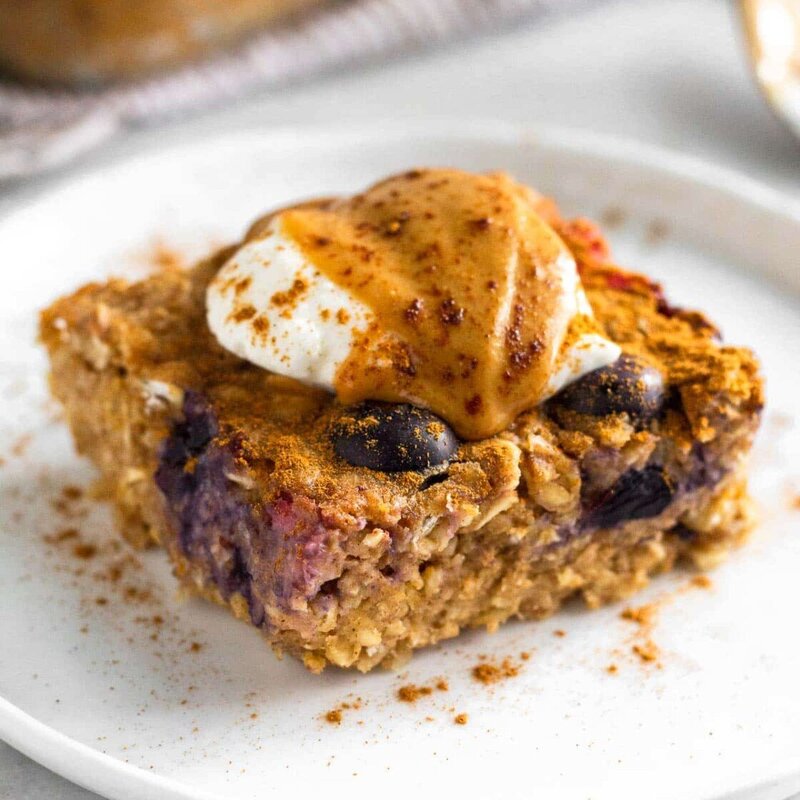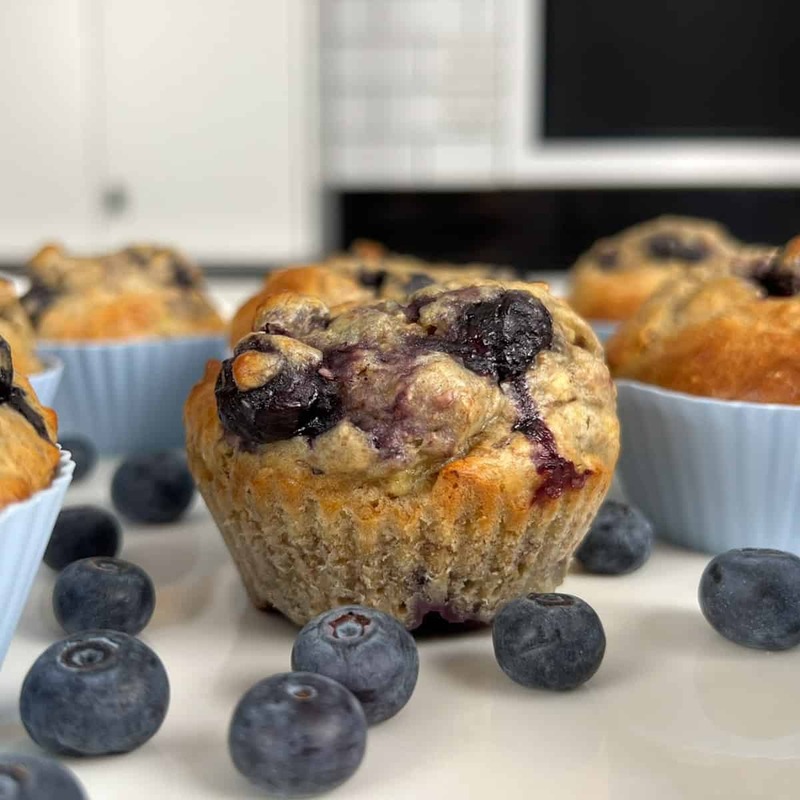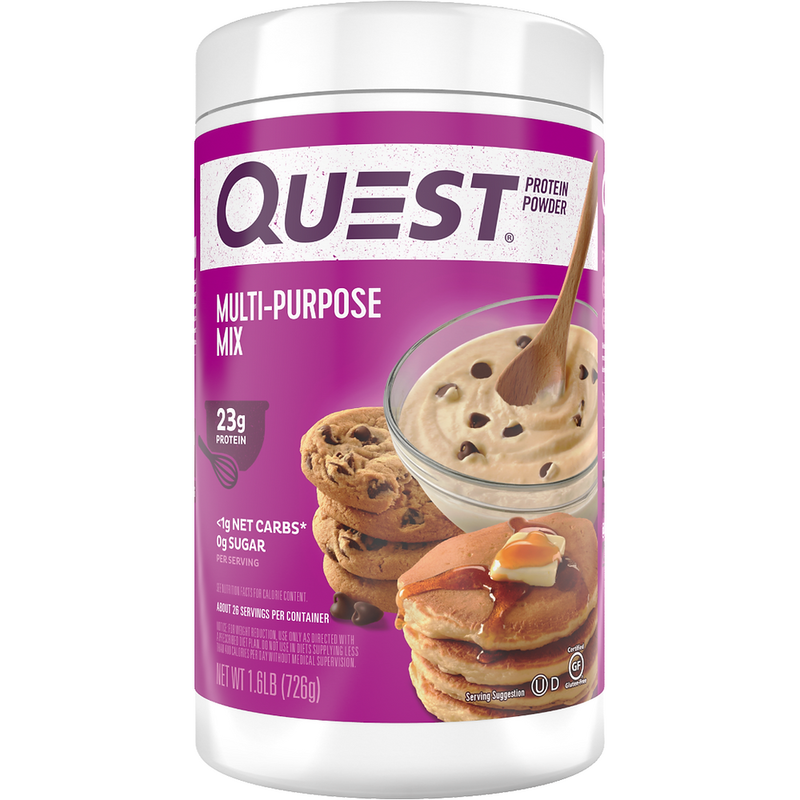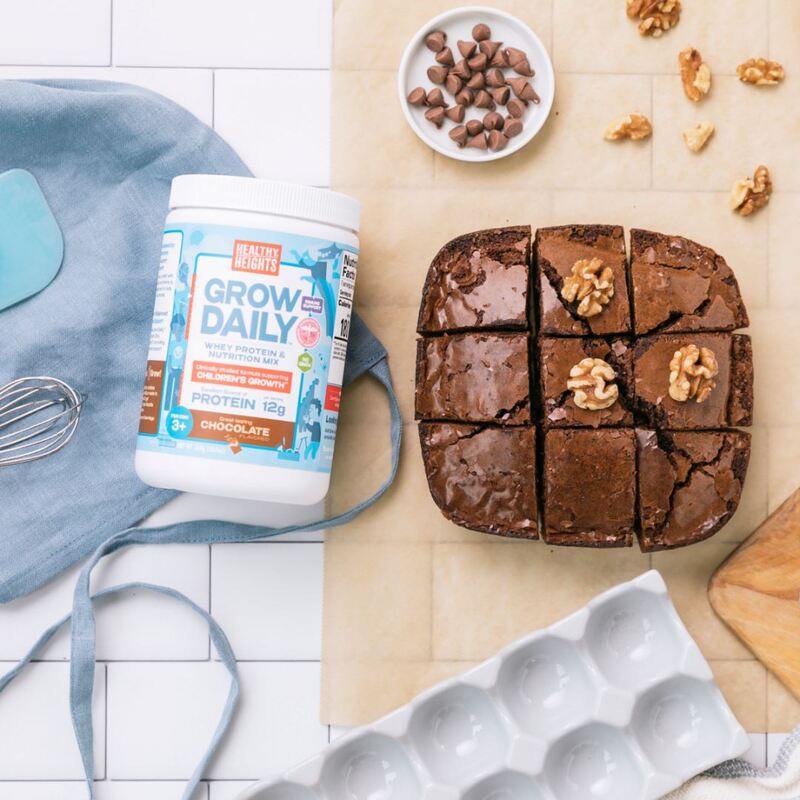Baking is not just an art; it’s also a science. Many bakers aim for nutritious alternatives to traditional recipes. One way to enhance the nutritional profile of your baked treats is by adding protein powder. Protein-rich snacks help your body recover and feel satisfied. In this article, we will explore methods to incorporate protein powder into various baked goods, its benefits, and tips for success.
Understanding Protein Powder
Types of Protein Powder
When exploring protein powder, it’s important to know which types are available. You will find whey, casein, soy, pea, and hemp protein powders. Whey protein is among the most popular. It is derived from milk and is easily digestible. Therefore, it works well in baked goods. On the other hand, casein protein also comes from milk but digests more slowly. This characteristic may provide longer-lasting energy.
Soy protein is a plant-based option, suitable for vegans and those with lactose intolerance. It can enhance the soft texture of products. In contrast, pea protein is another plant-based choice. It comes from yellow split peas and is a good option for those avoiding allergens. Additionally, hemp protein is rich in healthy fats and fiber. It offers a nutty flavor, enriching baked goods with unique taste and texture.
Nutritional Benefits
Adding protein powder to your baked goods increases their nutritional value. More protein helps repair muscle tissues, especially after exercise. This is vital for active individuals and athletes alike. Furthermore, consuming protein can lead to increased satiety. Therefore, it may help control hunger and prevent overeating.
Moreover, protein plays a crucial role in hormone secretion. This balance is vital for overall bodily functions. Thus, incorporating protein powder into your recipes ensures a more rounded meal. As you experiment with different flavors, the possibilities are endless. Such benefits will make you more inclined to bake often, emphasizing both health and taste.

Selecting the Right Recipe
Simple Recipes for Beginners
If you are new to adding protein powder, start with simple recipes. Banana bread is a delightful option. It is forgiving and allows you to adjust ingredients easily. When using protein powder, about one-fourth of the flour can be replaced. For example, if you use one cup of flour, use one-fourth cup of protein powder.
Another beginner-friendly recipe is muffins. They are perfect for breakfast or snacks during the day. You can introduce protein powder gradually. Similar to banana bread, muffins can have a portion of the flour replaced with protein powder. This substitution maintains the moistness while giving a nutritional boost.
Advanced Recipes for Enthusiasts
For those ready to level up, consider making protein-infused brownies or protein cookies. Brownies typically have a fudgy texture. Adding protein powder can enhance this without compromising taste. You can replace about one-third of the flour with protein powder. Additionally, consider adding chocolate chips for extra flavor.
Protein cookies are another favorite. You can experiment with different flavors, including peanut butter or oatmeal. A simple recipe might replace half of the flour with protein powder. This alteration will yield cookies that are both delicious and nutritious. Don’t hesitate to play around with ingredients and ratios. The more you practice, the more confident you will feel in the kitchen.
Proportion and Measurement
Finding the Right Balance
When using protein powder, it is essential to achieve the right balance. Each type of protein powder has distinct properties that affect texture. Consequently, adjustments may be necessary to maintain consistency. For example, whey protein is light and fluffy. It may require less liquid than denser options like casein protein.
In general, a good starting point is replacing 20 to 30% of the flour with protein powder. This method helps maintain the baked good’s overall texture. As you gain more experience, you can adjust these proportions according to your preferences. Keeping track of changes is wise. This way, you can replicate successful outcomes in the future.
Adjusting Other Ingredients
Don’t forget to tweak other ingredients in your recipes. When you add protein powder, it could absorb excess moisture. As a result, you may want to increase liquid ingredients slightly. This adjustment will help achieve the desired texture and moisture. Experiment with additional liquids like milk, almond milk, or even yogurt.
Moreover, consider the sweetener amounts. Some protein powders have added sweetness, varying based on brand. Therefore, always taste your batter before adding more sugar. If you use flavored protein powders, choose complementary ingredients. For example, chocolate protein powder pairs well with cocoa in brownies. Meanwhile, vanilla protein powder enhances pancakes or muffins beautifully.

Exploring Flavor Combinations
Pairing Complementary Ingredients
Flavor pairing is an art that can elevate your baked goods. When adding protein powder, consider the flavor profile of your selected type. For example, vanilla protein powder works well in muffins or pancakes. It enhances the sweetness without overpowering other flavors. Likewise, chocolate protein powder pairs excellently with anything cocoa-based.
Fruits are also an excellent addition. Bananas, apples, and berries not only boost nutrition but flavor. Combining protein powder with fruit creates a burst of flavors. Try adding berries to protein pancakes. The resulting flavor will be delightful and satisfying. Moreover, spices like cinnamon or nutmeg can enhance taste profiles. This combination makes for delicious baked goods that are also healthy.
Experimenting With Unique Ingredients
If you enjoy culinary adventures, explore unique ingredients to combine with protein powder. Nut butters often add rich flavors and healthy fats. Peanut butter or almond butter enhances cookies and bars. For even more depth, consider adding shredded coconut. Coconut works well with many baked treats.
Moreover, don’t shy away from incorporating seeds. Chia seeds and flaxseeds add extra texture and health benefits. These seeds can increase omega-3 fatty acids, which promote heart health. Such ingredients can enhance both the nutrition and taste of your creations. Ultimately, there are numerous combinations to explore, ensuring endless variety in your baking.
Baking Techniques and Tips
Mixing Methods
The mixing process is crucial when adding protein powder to baked goods. For most recipes, the traditional creaming method works well. Start by whisking the butter and sugar together until light and fluffy. This process incorporates air, making your baked goods tender.
However, if you’re using denser protein powders, consider sifting them first. Sifting breaks up clumps of protein powder, ensuring even distribution. This practice promotes a consistent texture throughout your batter or dough. Moreover, be cautious not to overmix your batter. Overmixing can lead to tough baked goods. Thus, mix until just combined, leaving some lumps if necessary.
Baking Times and Temperatures
Adjustments may also be necessary in baking times when using protein powder. Dense batters may require additional time to bake through. Always start checking for doneness a few minutes early. A toothpick inserted should come out clean or with a few crumbs. Keep an eye on the edges; they should be golden brown.
Furthermore, note that protein-rich baked goods may cook faster at higher temperatures. Reduce oven temperature by 25°F if needed, particularly for denser recipes. This adjustment allows for even cooking without burning the edges. Every oven is different, so be prepared to experiment until you find the optimal settings. Consistently monitoring your baked goods increases your chances of achieving that perfect result.

Troubleshooting Common Issues
Dry Texture
Sometimes, protein powder can lead to a dry or crumbly texture in baked goods. If you encounter this, consider increasing liquid ingredients first. Alternatively, you might include ingredients like yogurt or applesauce for moisture. Both options add moisture while still being nutritious. They can also boost flavor, enhancing overall enjoyment.
Additionally, consider reducing oven temperature. A lower temperature allows for longer baking time, which can help maintain moisture. It may also be beneficial to cover your baked goods with foil. Covering prevents over-baking and shields from excessive heat. Once you identify the key adjustments, you can replicate successful outcomes.
Flavored Protein Powders
Flavored protein powders can lead to unexpected results in your baked goods. Sometimes, the taste can be too overwhelming. Remember to taste your batter before adding extra sweeteners. A more subtle flavor can create a delightful balance. If the flavor is too strong, consider mixing it with unflavored protein powder. This combination will help temper the flavor intensity while still providing a protein boost.
Also, consider the use of complementary flavors. For instance, if you use chocolate protein powder, add cocoa or chocolate chips. These additions can create a harmonious blend of flavors. Moreover, take care when incorporating spices. Ensure the spices complement the main flavor of your protein powder for the best results.
Conclusion: Your Baking Journey Awaits
Incorporating protein powder into your baked goods can enhance both flavor and nutrition. Start with simple recipes; this will help you gain confidence. As you become more comfortable, explore more complex dishes. Always pay attention to proportions, mixing techniques, and baking times. Adjusting other ingredients, such as liquids and sweeteners, should also be on your radar.
Experiment with different protein powders and flavors to discover new combinations. Remember to track your adjustments for future baking endeavors. Ultimately, your persistent exploration and practice will yield delicious, protein-rich treats. Get ready to impress friends and family with your newfound baking skills. Happy baking!
